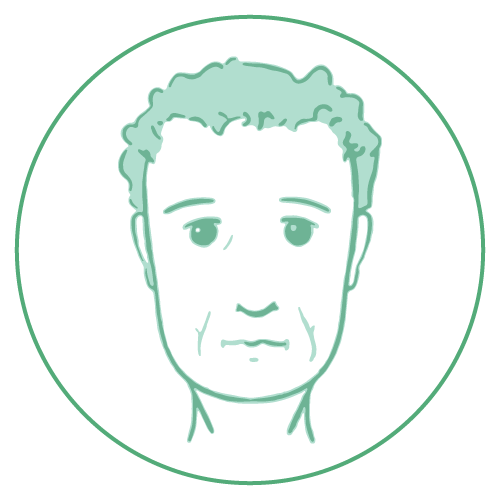| Name | Lipodystrophy |

Lipodystrophy
Lipodystrophy is a medical condition that affects the distribution of body fat, leading to unusual fat deposits in certain areas and loss of fat in others. This can result in physical changes to the body, such as the development of fat bumps, hollow areas, and changes in facial features.
There are several types of lipodystrophy, including congenital lipodystrophy (present at birth), acquired lipodystrophy (developed later in life), and secondary lipodystrophy (caused by medication or disease). The exact cause of lipodystrophy is not well understood, but it is thought to involve genetic and metabolic factors.
Diagnosis of lipodystrophy is based on a physical exam and medical history, as well as imaging tests such as CT scans or MRI. Treatment depends on the underlying cause of the lipodystrophy and may involve medications, lifestyle changes, or in severe cases, surgery.
It is important to seek medical attention if you experience symptoms of lipodystrophy, as the condition can have serious medical and cosmetic consequences. People with lipodystrophy should work closely with their healthcare provider to manage their condition and receive regular care to help prevent potential complications.
Note: This is a general description. Please take professional health advice.
 Bangla
Bangla English
English